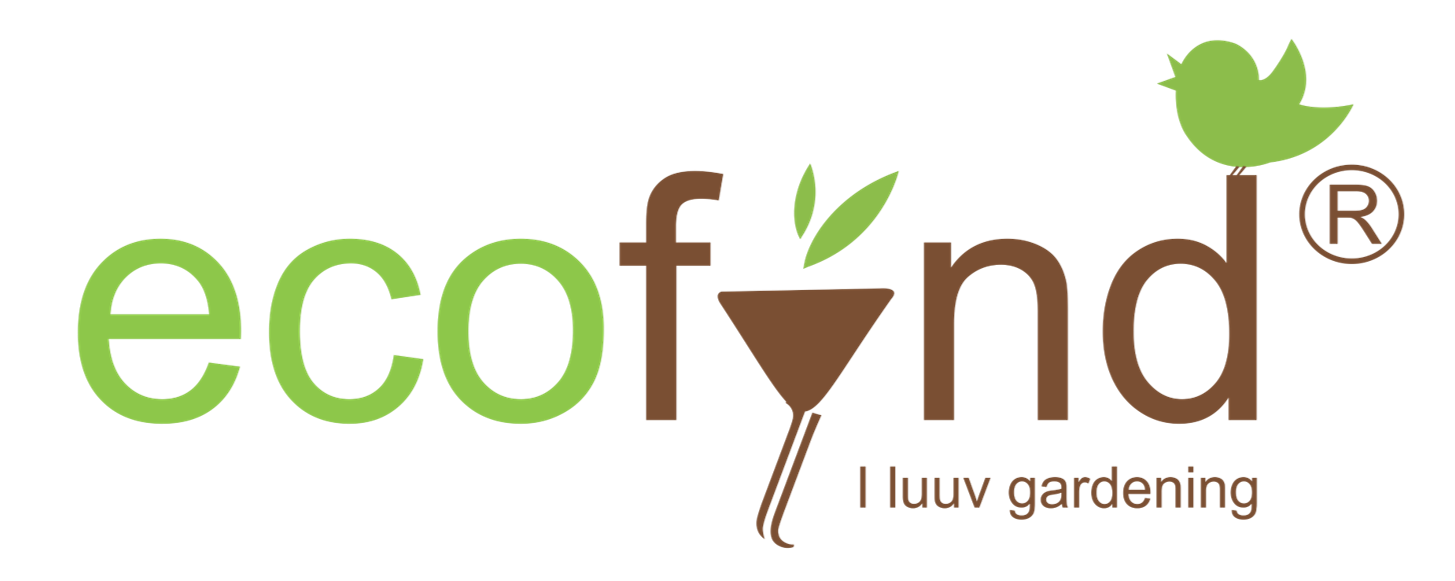"Soil is the foundation of any successful garden," explains the Ecofynd team. "Whether you're growing vibrant flowers, lush vegetables, or a verdant lawn, the right soil can make all the difference.
Understanding the Importance of Soil
Soil is the unsung hero of the gardening world, often overlooked in favor of flashy plants and vibrant blooms. However, the truth is that the health and vitality of your garden are directly linked to the quality of the soil. Think of it as the bedrock upon which your entire garden rests. If the foundation is weak, the entire structure will crumble.
Soil provides essential nutrients, moisture, and structure to support plant growth. It also plays a crucial role in regulating soil pH, which can significantly impact the availability of these vital elements. Choosing the right soil for your garden is akin to laying the groundwork for a masterpiece—it's the first step towards creating a thriving, lush oasis.

Assessing Your Soil Type
Before selecting the perfect soil for your garden, it's important to understand the type of soil you're working with. Soil can be broadly classified into three main categories: sandy, clay, and loamy.
Sandy Soil
Sandy soil is characterized by its coarse, gritty texture and quick drainage. While it may be easy to work with, sandy soil often lacks the necessary nutrients and moisture-holding capacity to support robust plant growth. "If you have sandy soil, you'll need to amend it with organic matter, such as compost or peat moss, to improve its water-retaining abilities and nutrient content," advises the experts.
Clay Soil
At the other end of the spectrum, clay soil is dense, heavy, and slow-draining. While it may be rich in nutrients, the compact nature of clay can make it challenging for plant roots to penetrate and access these essential elements. "Clay soil can benefit from the addition of organic matter and grit, such as sand or perlite, to improve its structure and drainage," advises the experts.
Loamy Soil
The holy grail of soil types, loamy soil is a harmonious blend of sand, silt, and clay. This nutrient-rich, well-draining medium provides the perfect foundation for a thriving garden. Loamy soil is often considered the ideal choice for most plants, as it offers the perfect balance of moisture, nutrients, and aeration.

Amending Your Soil
Regardless of your soil type, there's always room for improvement. By amending your soil with the right additives, you can create the perfect growing medium for your plants.
Organic Matter
Incorporating organic matter, such as compost, peat moss, or well-rotted manure, is one of the most effective ways to improve soil quality. These materials not only add essential nutrients but also enhance the soil's structure, water-holding capacity, and overall health.
Minerals and Nutrients
In addition to organic matter, your soil may also benefit from the addition of specific minerals and nutrients. For example, lime can be used to raise the pH of acidic soil, while bone meal or rock phosphate can provide a boost of phosphorus for healthy root development.
Aeration
Soil compaction can be a common issue, particularly in heavily trafficked areas or clay-based soils. Aerating your soil, either mechanically or by incorporating grit or sand, can improve oxygen flow and root penetration, creating a more hospitable environment for your plants.
Choosing the Right Soil for Your Plants
With a solid understanding of soil types and amendments, it's time to select the perfect soil for your garden. We recommend considering the specific needs of the plants you intend to grow.

Vegetables and Herbs
For vegetable and herb gardens, a nutrient-rich, well-draining soil is essential. A blend of compost, topsoil, and a touch of sand or perlite can create the ideal growing medium.
Flowers and Ornamentals
Flowering plants and ornamentals often thrive in slightly acidic soil with good drainage. A mix of peat moss, compost, and a touch of lime can provide the perfect foundation for these beauties.
Lawns
Achieving a lush, green lawn requires soil that is dense enough to support the growth of grass, yet still well-draining to prevent waterlogging. A blend of topsoil, compost, and sand can create the perfect base for a thriving lawn.
Conclusion
With the right soil in place, your garden is poised for success. Remember, the journey to a thriving outdoor oasis is an ongoing process, and our team is here to support you every step of the way.
Gardening is a labor of love, and the rewards are truly immeasurable. By taking the time to understand and nurture your soil, you're laying the foundation for a garden that will bring you joy, year after year.
So, what are you waiting for? Visit Ecofynd today and explore the wide range of metal pots, decor, and garden essentials that can help you create the outdoor sanctuary of your dreams.






Comments (1)
cf4a5b